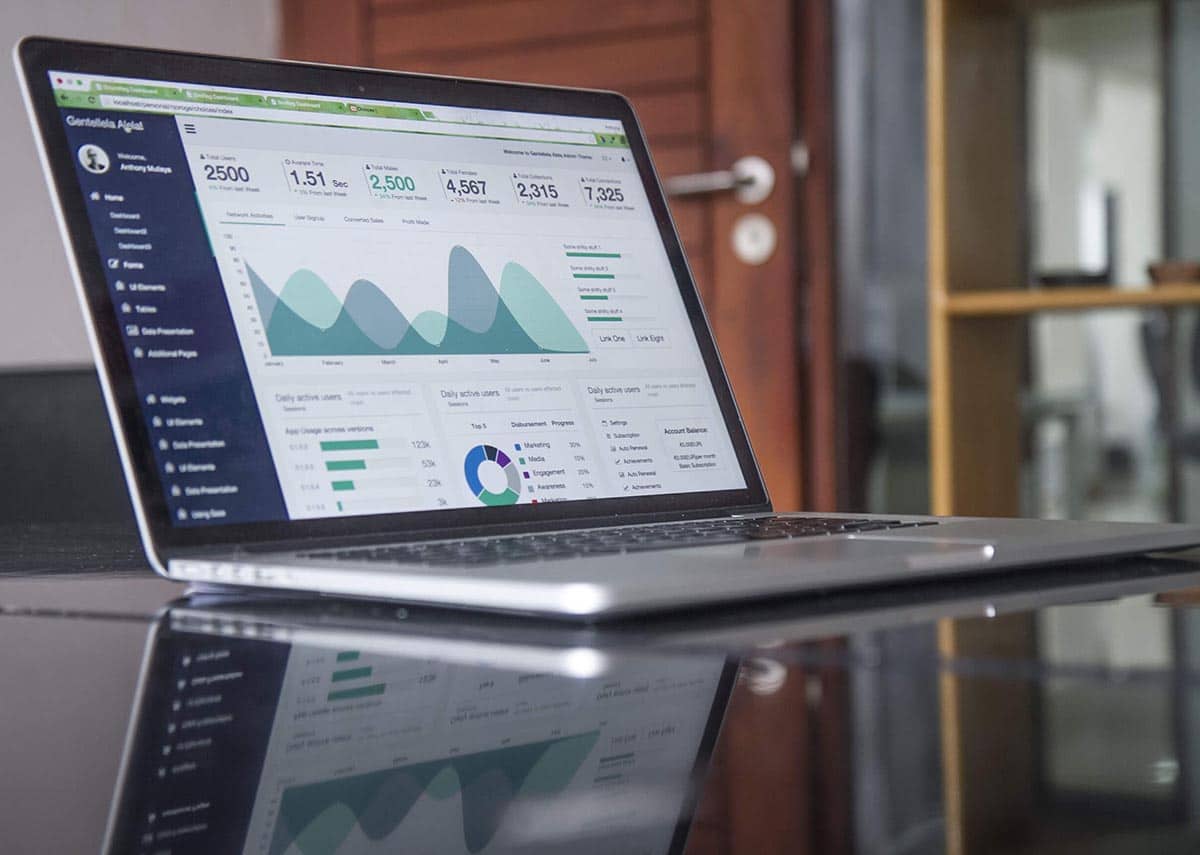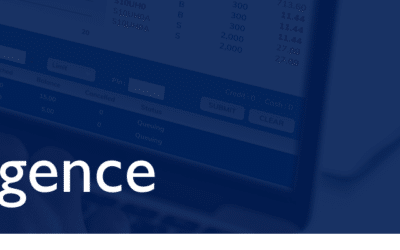With the results season finished and the AGM season kicking off, there is no shortage of company presentations being lodged with the ASX.
Some are good, but many are plain awful. They are long, too detailed and busy.
If you Google ‘PowerPoint tips’ the messages are pretty clear – keep it simple and less is more.
For ASX-listed companies this rarely happens. Instead presentations are often documents so jammed full of information, data, figures and tables they look more like an information memorandum or prospectus.
When a presentation looks like that key messages get lost. It is probably all useful information, but at the end of the day your corporate presentation is a key sales document that ultimately needs to address the question: “Why should I buy/not sell, this stock?”
There is a simple solution, break the presentation into two parts. Have the story up front, and all the supporting data as appendices in the back.
 As a starting guide aim to tell your story, whether it’s an IPO pitch or annual results release, in less than 20 minutes and with less than 15 slides. You should have a pretty good sense after 15-20 minutes whether you have an interested audience or not.
As a starting guide aim to tell your story, whether it’s an IPO pitch or annual results release, in less than 20 minutes and with less than 15 slides. You should have a pretty good sense after 15-20 minutes whether you have an interested audience or not.
If the introductory, 15-minute pitch generates another hour of questions, great. That is where the more detailed slides in the appendices (put in as many as you like) can be a good reference source.
But for your 15-slide front section, aim to keep it high level, clean and simple. Start by storyboarding your presentation and determine the four key messages you want to deliver.
For a results presentation the messages might, for example, be around new revenue sources, improved margins, cost cutting and growth prospects. For an IPO or corporate transaction they would be built around the investment rationale and strategy.
An example of a profit result presentation framework might then look like this:
- Introduction and four key messages
- Profit highlights
- Key operational achievements
- Strategy and growth prospects
- Conclusion and reinforce four key messages
- (Appendices – detailed P&L, balance sheet, segment/divisional breakdown information etc)
An example of an IPO framework might then look like this:
- Introduction and four key messages
- What is the business/idea you are selling?
- Why are you selling it?
- What are the growth prospects, how do you monetise?
- Conclusion and four key messages
- (Appendices – market data, product pictures, historical information, maps, charts etc)
An example of a corporate transaction framework might then look like this:
- Introduction and four key messages
- Highlights of the deal
- Key terms
- Strategic rationale
- Timetable, key conditions, important actions required etc)
- (Appendices – full details of transaction, costings, valuations, market data, maps, charts etc)
Key tips:
-
Storyboard the presentation to define key messages – “Why should I buy/not sell these shares?”
-
Keep the front section – the pitch – to about 15 slides and less than 20 mins. High level, clean slides, not too busy
-
Put all the additional data and information into an appendix so it is there if you need it


